Fascinating Black History Facts You May Have Forgotten
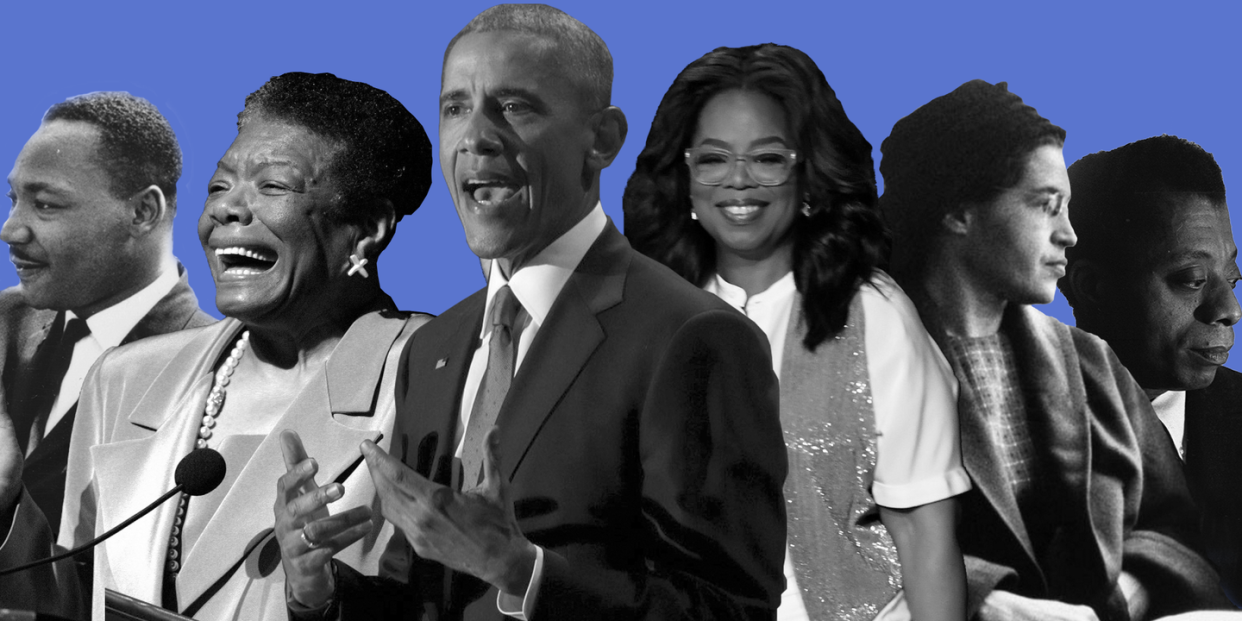
"Hearst Magazines and Yahoo may earn commission or revenue on some items through these links."
Black history is rich, nuanced, and woven into the fabric of just about every aspect of American life and culture. That's why we celebrate Black History Month in February (and beyond), and our favorite way to do that is to read up on history. Here, we've rounded up 23 Black History Month facts that highlight historical Black figures who accomplished landmark firsts for our country.
One of those important firsts? The beginning of Black History Month itself. You might know that in 1976 U.S. President Gerald Ford officially declared February as Black History Month to “honor the too-often neglected accomplishments of Black Americans in every area of endeavor throughout our history.” But it wouldn't have happened without Carter G. Woodson—the son of former slaves, the second Black American to earn a doctorate from Harvard, and the founder of the modern-day Association for the Study of African American Life and History. In 1926, Woodson spearheaded a week in February dedicated to Black history, which eventually grew into the month-long tradition we know today.
As you delve into this list of Black History Month facts about trailblazing inventors, artists, athletes, and leaders, you're sure to want to know more—just follow the links provided for their full stories. And, of course, this only a start. To delve deeper, you might explore books and movies about Black history and the Black experience, or check out famous quotes by notable Black figures that will make you think.
Black History Month Facts to Know About…
Pioneering Performers in the Entertainment Industry
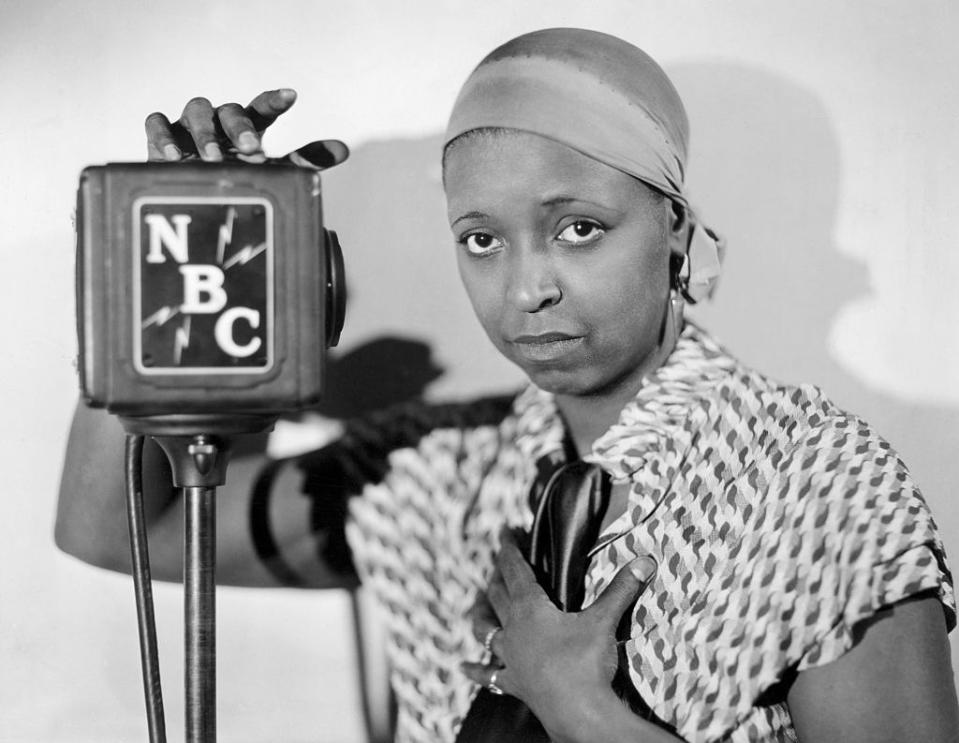
In 1878, legendary soprano Marie Selika Williams became the first Black musician to sing at the White House after she performed for President Rutherford Hayes and First Lady Lucy Webb Hayes in the Green Room.
Born a slave, George Washington Johnson went on to became the first African American to make a commercial record after he was discovered as a street performer in 1890.
Ethel Waters became the first Black performer to appear on TV after her one-night variety special, The Ethel Waters Show, was aired on NBC in 1939.
For her role as Mammy in Gone with the Wind, Hattie McDaniel won the Academy Award for Best Supporting Actress in 1940, becoming the first African American to win an Oscar.
Major Firsts in Science, Math, and Engineering
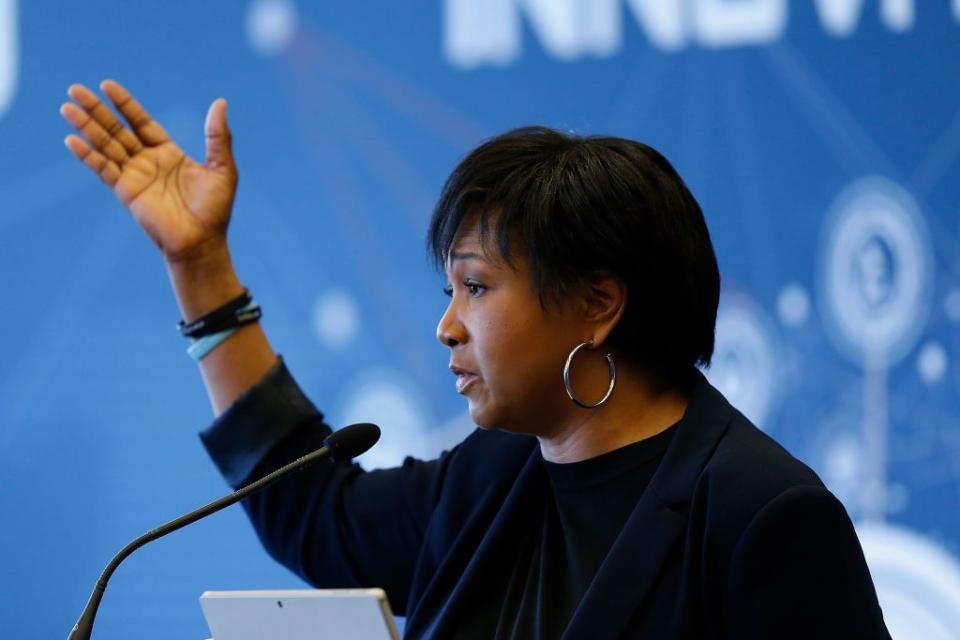
Though he was born enslaved during the Civil War, George Washington Carver later studied botany as the first Black student at Iowa State University and was responsible for creating over 300 products using the peanut, including dyes, plastics, and gasoline.
After becoming the very first African American and the first woman to graduate with a master's degree from the University of Hawaii, Alice Ball went on to invent the first successful treatment for Hansen’s disease (otherwise known as leprosy) in 1916. It wasn't until years after her tragic death at the young age of 24 that Ball even got proper credit for her work.
In 1956, Gladys West was hired as a mathematician by the U.S. Naval Proving Ground, and it was there that she invented an accurate model of the Earth, which was then used as the foundation for the creation of the Global Positioning System (GPS).
After graduating from college at the age of 18, Katherine Johnson began working in aeronautics, and following the formation of NASA, she performed the calculations that sent astronauts into orbit and eventually to the moon in 1969.
In 1987, Mae Jemison became the first African American woman to be admitted into NASA’s astronaut training program, and just over five years later in 1992, she flew into space aboard the Endeavour, becoming the first African American woman in space.
Athletes Who Broke the Color Barrier
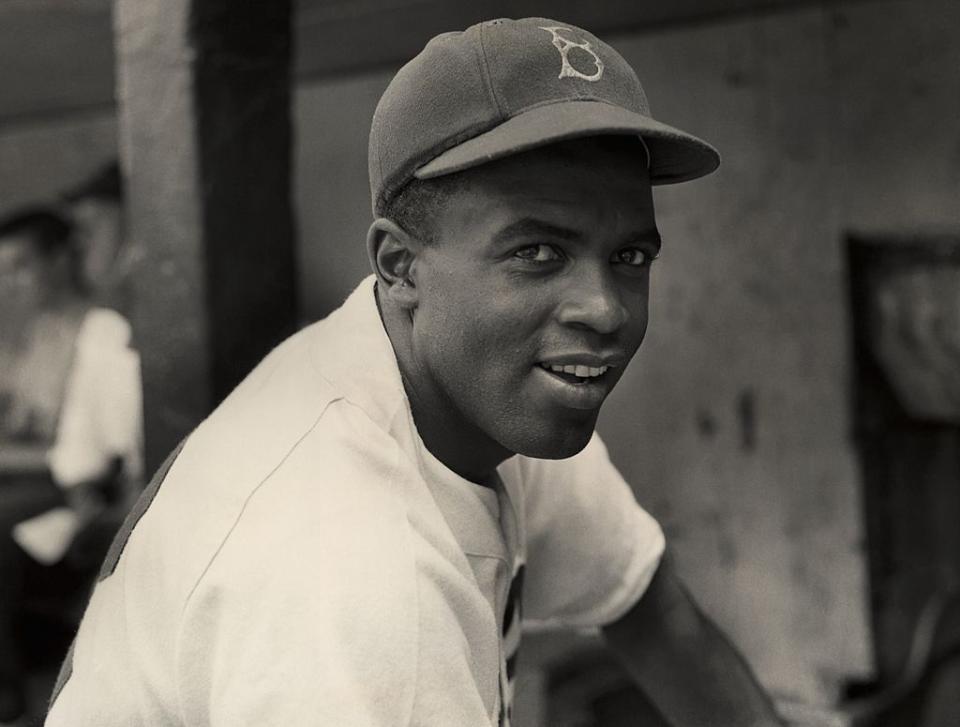
During the 1904 Olympic games in St. Louis, track and field athlete George Poage became the first African American to win an Olympic medal after earning a bronze medal in both the 220-yard and 440-yard hurdles.
When Jackie Robinson made his debut with the Brooklyn Dodgers in 1947, it marked the first African American to play Major League Baseball since Moses Fleetwood Walker in 1884, marking the end of racial segregation in professional baseball.
In 1950, Althea Gibson became the first Black tennis player to compete at the U.S. National Championships, and just six years later, she made history again as the first Black athlete to win a tennis grand slam tournament after winning the 1956 French Open.
Though he only ended up playing 45 games during his career, Willie O’Ree will always be remembered as the National Hockey League’s first Black player, and he continues to fight for more diversity in the sport.
Historic Firsts in American Politics and Government
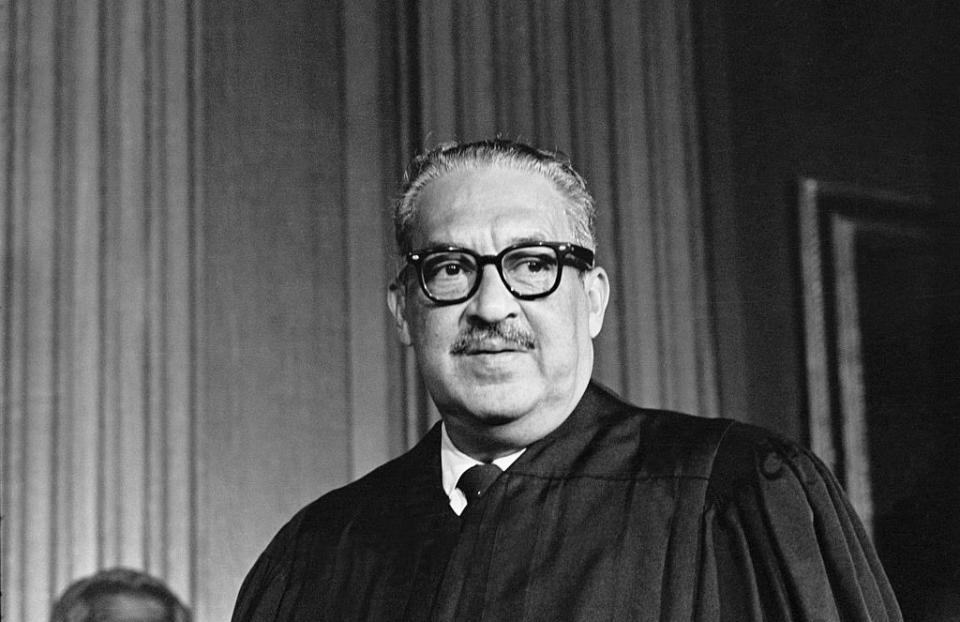
African Americans held their first large-scale convention in Philadelphia in 1830, and the gathering (which marked the start of the National Negro Conventions Movement) led to the formation of the American Society of Free Persons of Color. Bishop Richard Allen, who founded the African Methodist Episcopal Church, was made president of the society, and he worked to coordinate civil rights efforts locally.
The final convention movement in 1864—presided over by Black abolitionist Frederick Douglass—led to the founding of the National Equal Rights League, an organization that pushed for full political rights for Black Americans as compensation for military service in the Revolutionary and Civil Wars.
In 1870, the Mississippi state legislature sent Hiram Revels to fill a vacancy in the U.S. Senate during Reconstruction, making him the first African American senator. Though Revels's term in the Senate only lasted a year, he became an outspoken opponent of racial segregation and broke new ground for African Americans in Congress.
After working several years as a civil rights lawyer, Thurgood Marshall became the first African American to serve in the U.S. Supreme Court. He was officially nominated by President Lyndon B. Johnson in 1967, and he served as a justice until 1991.
In 1968, Shirley Chisholm became the first African American woman to win a seat in Congress. Four years later, she became the first Black candidate for a major-party nomination for President of the United States.
Barack Obama became the first Black American president of the United States after his historic election in 2008. He was re-elected in 2012 and completed an 8-year term.
Trailblazers in Art, Literature, and Fashion
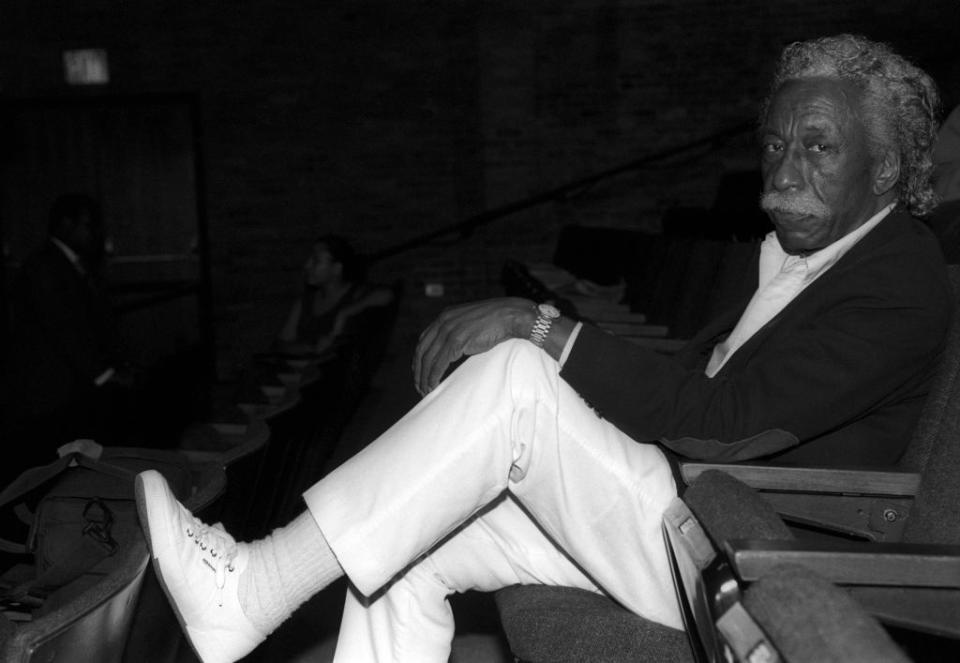
Back in 1859, Harriet Wilson published the autobiographical novel Our Nig: Sketches from the Life of a Free Black, making her the first African American author to publish a novel. The novel was later lost for over 100 years until it was reprinted with a critical essay by Henry Louis Gates, Jr., in 1983.
Known as the first African American professional photographer, Gordon Parks was hired by Life magazine as their first Black staff photographer in 1948 after publishing a photo essay on the life of a Harlem gang leader. He remained at the magazine for two decades, where he took photos of everyone from Muhammad Ali to Malcolm X.
Gwendolyn Brooks became the first Black person to win a Pulitzer Prize in 1950 for her book Annie Allen, which chronicles the evolution of a young Black girl into womanhood through poetry.
In addition to designing one of the most famous wedding dresses in history (the gown worn by Jacqueline Bouvier when she married John F. Kennedy in 1953), Ann Lowe created a number of designs for high-society women, earning a reputation as the first renowned African American fashion designer. Today her work is exhibited at the Metropolitan Museum of Art.
You Might Also Like

